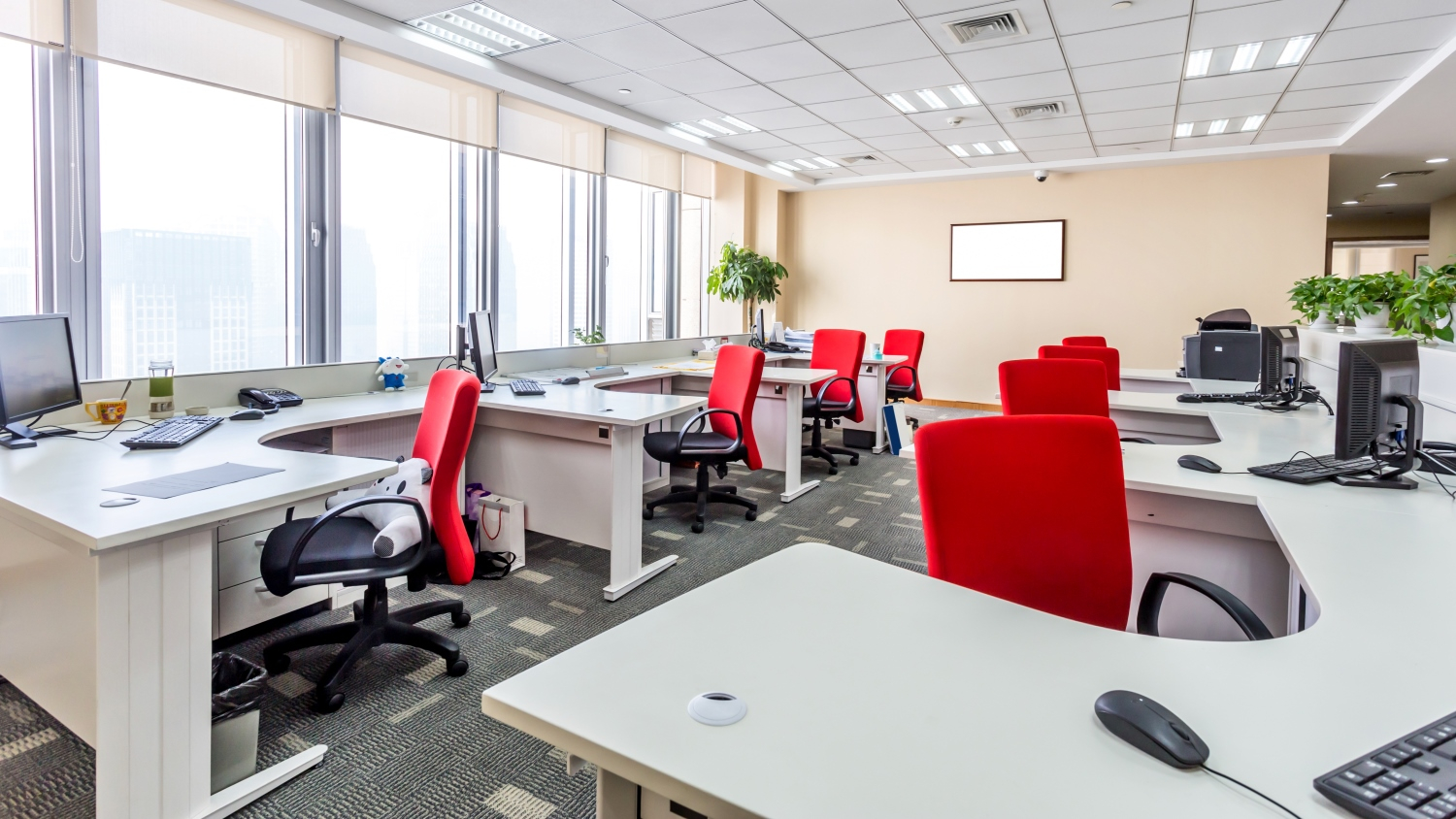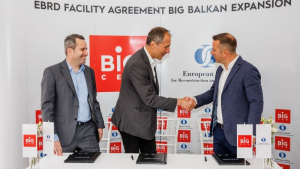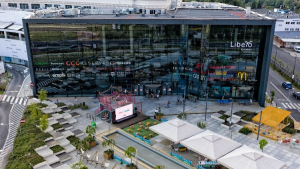
The tight labour market is changing the way developers think. While designing an office building they think not only about who will lease space, but also what they should do to make people want to work there, says Artur Sutor, Partner and Head of Office Department at Cresa Poland.
The problem of recruiting appropriately skilled employees is already besetting more than half of all employers. Labour shortages are evident virtually across all sectors. Employers are therefore doing their best to take care of their current talents and attract new staff. A functional and interestingly laid out office in a prime location is an important factor in this war for talent. In One Poll’s latest surveys commissioned by Mindspace, more than a fourth of respondents rejected job offers due to a poor office design or a lack of amenities.
Image is everything
An office is now part of an employer branding strategy. Social media websites feature dozens of office fit-out photos, not only the famous photos of Google, Allegro and Microsoft offices. An insurance company Aviva posted a movie “You Work As You Like!” showing their staff and new office after they moved to the Gdański Business Center.
An office is also an important part of creating the first impression during a job interview. Job candidates are keen to look around the office during their first visit to the firm and ask about amenities available.
It’s not only about hammocks
Barely a few years ago, tenants looking for new offices would talk to advisors mainly about office sizes, rents and lease length. Today, tenants will come and say: please find me an office where people will want to work. It’s an exceptionally hard thing to do.
Some organisations follow fads and trends when they are about to move – that’s a major mistake. If hammocks are in fashion, they will be fixed all over the office; if table football is all the rage, why not have it? Of course, these are just some examples, but they illustrate a certain pattern. A bad pattern. Meanwhile, the most important thing is to respond to employees’ real needs and to make them enjoy coming to the office and being there.
What do employees really want?
To support tenants in relocation, we first ask them why they want to move, what they don’t like about their current head office and what their current requirements with regard to further growth are. Next, we put the same questions to employees through specially-designed surveys. And finally, we monitor their organization in action for a few days or longer. Thanks to such an in-depth and multi-faceted analysis, we know where to look for and what to propose to tenants.
The opinion surveys reveal various needs, but there’s a need shared by all firms irrespective of size and business profile: we all want to work in a prime and well-connected location. No wonder then that the vicinity of Warsaw’s Daszyńskiego Roundabout is now a vast construction site. Why? Because people will want to work there; they will enjoy a quick commute by metro, tram or bus from any part of the city.
I know many tenants who took the risk and relocated to offices that were even twice as expensive as their previous locations and successfully recruited high-skilled and experienced specialists shortly afterwards. That’s because when a firm moves, it becomes a brand new company for employees. What’s more, some job candidates - while still in the middle of the recruitment process - will put their decisions on hold until the firm they apply to lets them know about its new location.
A bonus from the developer
A comfortable working environment is on top of the agenda of both tenants and a developer of an office building. To attract tenants, developers will provide dozens of on-site amenities such as conference centres, healthy restaurants, cafés, a dental clinic, a fitness club or a kindergarten. Some office complexes also feature stores, a bank, a post office, a dry-cleaner, a travel agent and a beauty parlour. Some are self-contained locations where you could stay for months. How do employees benefit from them? First of all, they can take care of their own needs, save a lot of time and feel confident that they won’t be late to pick up a child from the kindergarten or for an appointment at the hairdresser’s, and they will get many other things done as they go along.
A kitchen at the heart of a modern office building
Next, there are amenities proposed by the tenants themselves. Consulting firm Deloitte has come up with an idea of Green Caffè Nero in their office building where its employees can always enjoy a good coffee. Other tenants have canteens set up and contribute to lunch costs. A large centrally-located kitchen with a dining and chillout area is another very interesting idea. Savvy employers no longer see this as squandering office space and employees’ time. They are aware that such amenities make their employees feel relaxed, boost employee creativity and, consequently, help retain them in the company for longer.
A modern, well-designed office is a big advantage, but you still need to stand out on the competitive labour market. That’s why it is quite inadvisable to go along with fleeting fads when you design a new office. The key is to respond to employees’ actual needs by providing a customized office.



